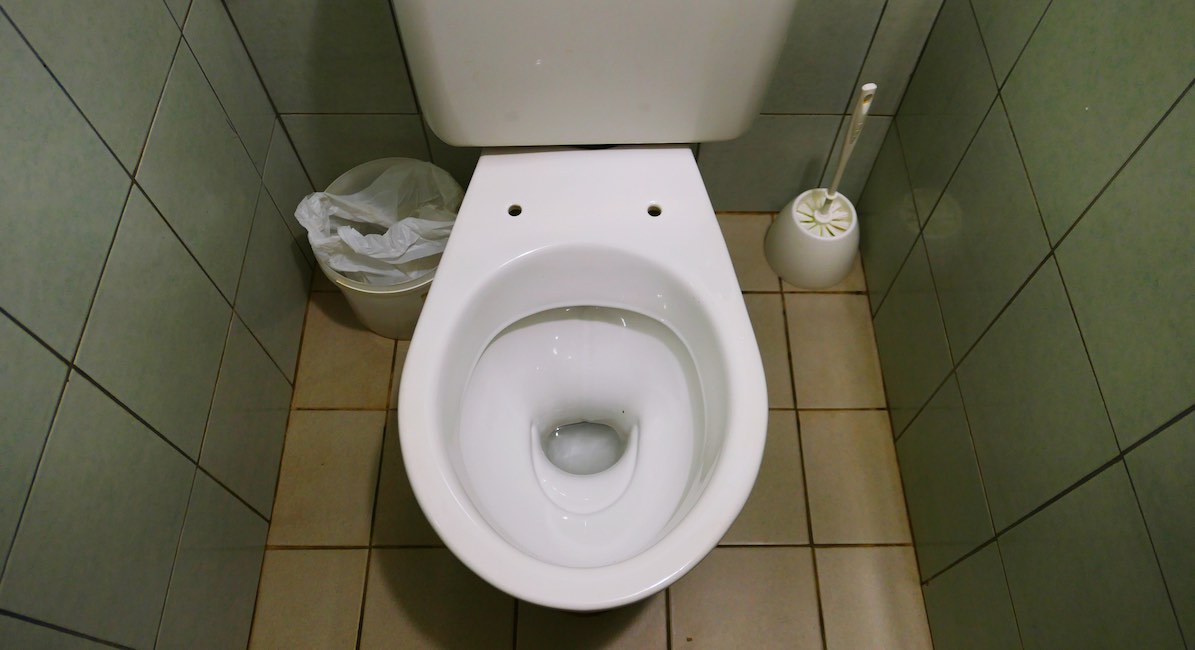Today all an aspiring abortion industry opportunist needs to sell abortion pills is a phone, a computer, and a partnership with an online pharmacy. This enables abortion facilities to increase profits by eliminating facilities and staff as well as testing and labs, and drastically reducing the time spent with clients.
The abortion pill is not medicine, but rather a deadly concoction of chemicals, which includes mifepristone and misoprostol, intended to end the life of a preborn baby. Today, the majority (54%) of all abortions are done by abortion pill, according to 2020 data from Planned Parenthood’s former “special affiliate” and research arm, the Guttmacher Institute.
As the actual cost of abortion drugs has declined over the years, the selling price of the drugs is increasing significantly — leaving some to wonder why the abortion industry is bilking their clients for more money, all while saving money on overhead costs.
Eliminating ultrasounds and proper pregnancy dating
In 2017, abortion providers offered important lab tests and blood work to rule out dangerous ectopic pregnancies and determine a woman’s Rh factor. But by 2020, the industry rolled out a “no test” or de-medicalized abortion pill protocol which enabled abortion facilities to maximize profits by dispensing abortion pills without conducting testing, labs, or ultrasounds to determine gestational age and rule out life-threatening ectopic pregnancies, potentially placing women’s lives at greater risk.
Even the pro-abortion American College of Obstetricians and Gynecologists (ACOG) knows that a large percentage of women do not accurately date their own pregnancies. This matters in abortion, because failure rates and complications of abortion drugs increase as gestational age increases.
Instead of spending time and money on safety, now abortion industry profiteers can simply choose to believe the client’s best guess at her last menstrual period to determine gestational age, and can choose to rely on her assumed knowledge of her own blood type and Rh factor — which could impact future pregnancies.
Eliminating testing and labs
The removal of a physical examination, ultrasound, or laboratory evaluation drastically decreases the financial cost to abortion businesses, so why is the sales price increasing rather than decreasing?
The National Abortion Federation’s (NAF) 2020 Clinical Policy Guidelines recommend foregoing Rh testing if the woman is less than 8 weeks pregnant — but how they will confirm this without accurate pregnancy dating is unclear. What is clear is that while this will save money for abortionists, it could be very costly for the woman undergoing the abortion.
According to Dr. Ingrid Skop, a Texas OB-GYN, “Evaluation of Rh status and provision of Rhogam, if indicated, has long been the standard of care for early pregnancy loss, including elective induced abortion. This action will prevent a mother from mounting an immune response to her future unborn children. If Rhogam is not given and isoimmunization occurs, 14% of untreated infants will be stillborn and half will suffer neonatal death or brain injury.”
Likewise, failing to rule out dangerous ectopic pregnancies can also be a savings to abortion businesses, but, according to Dr. Skop, “Ruling out pregnancy outside of the uterus through physical exam and ultrasound is critically important, because mifepristone has no effect on such a pregnancy, which can rupture, causing catastrophic bleeding or death.”
Dr. Skop added, “Half of women with ectopic pregnancies have no prior risk factors. A woman who experiences ectopic warning symptoms, such as pain or bleeding, while undergoing a chemical abortion may be less likely to report them, because she has been warned to expect such symptoms as a sign that the abortion drugs are working.”
So, while abortion profiteers are increasing the cost of the abortion pill regimen, they are eliminating important testing and increasing their clients’ risk of complications.
Eliminating the in-person requirement
For years, the abortion industry pushed to eliminate the in-person requirement for dispensing the abortion pill by conducting a Trojan horse TelAbortion clinical trial which ultimately concluded that dispensing the abortion pill by mail was safe.
This led to a December 2021 decision from Biden’s Food and Drug Administration (FDA) to allow the abortion pill to be shipped through the mail, weakening FDA safety requirements (REMS), which the FDA puts in place “for certain medications with serious safety concerns.”
While eliminating in-person requirements potentially reduces costs to abortion profiteers, the cost of the abortion pill regimen has skyrocketed.
Eliminating the need for disposal of aborted human remains
Today, women are no longer required to take abortion pills in front of clinicians at a facility, likely taking the deadly drugs at home. That means that the cost for the disposal of fetal remains is eliminated for each abortion pill procedure, as women are instructed to simply flush their aborted babies down the toilet and into the sewer system.

Getty Images
This was a huge cost saver to the abortion industry which had already been strategizing on the increased cost of disposing of aborted human remains. And when the gestational age of the child is not correctly determined, the industry benefits again — as long as, in the words of one abortion leader, the baby isn’t “too large to flush.”
Now, instead of the abortion facility incurring the cost of contracting with a medical waste disposal company to haul off human remains, that responsibility is passed to the abortion client — which explains why abortion insiders have been preparing women for what they might see.
While industry staffers acknowledge that looking at the remains of aborted babies is a gruesome and emotionally scarring task, Live Action News has previously documented stories of women who were horrified and traumatized by seeing their babies after a chemical abortion. So, while the abortion industry saves money, they increase the abortion client’s financial and emotional costs.
Eliminating staff and facilities
Today, unregulated virtual abortion pill dispensaries are opening up to cash in on profits. These abortion opportunists are making a financial killing from abortion pill sales. Virtual abortion enables abortion facilities to increase profits by eliminating facilities and staff, and by drastically reducing the time spent with clients.
One Texas abortion chain even marks up the cost of the abortion pill regimen (which can be purchased for under $100) by charging clients four to five times more.
One dispensary acknowledged that “per patient cost is relatively low” — so low that rather than cut the selling price to abortion clients, they are donating “60 percent” of their profits to other abortion organizations.
Raising the abortion pill’s sales price
The abortion industry is estimated to be grossing $300 million annually from abortion pill sales, according to data in a newly published report funded by the pro-abortion group Advancing New Standards in Reproductive Health (ANSIRH).
The report, presented at the Virtual Annual Meeting of the National Abortion Federation (NAF) on May 12, 2021, documents that costs to abortion consumers is on the rise. Between 2017 and 2020, “median patient charges increased for medication [chemical] abortion (from $495 to $560).” But it is likely more if one is to believe Planned Parenthood, which states online (as of the writing of this article) that “[a] medication [chemical] abortion can cost up to $750, but it’s often less.”
Yet, in 2020, Live Action News documented that the abortion pill costs the abortion industry well under $100 each.
Today, the abortion pill pharmacy Honeybee Health states online that the cost for both drugs used in the abortion pill regimen “is $75.” This means that abortion profiteers, which regularly deceive the American public into believing they care about women, are bilking their clients by marking up the cost of the abortion pill regimen nearly seven to eight times over cost.







